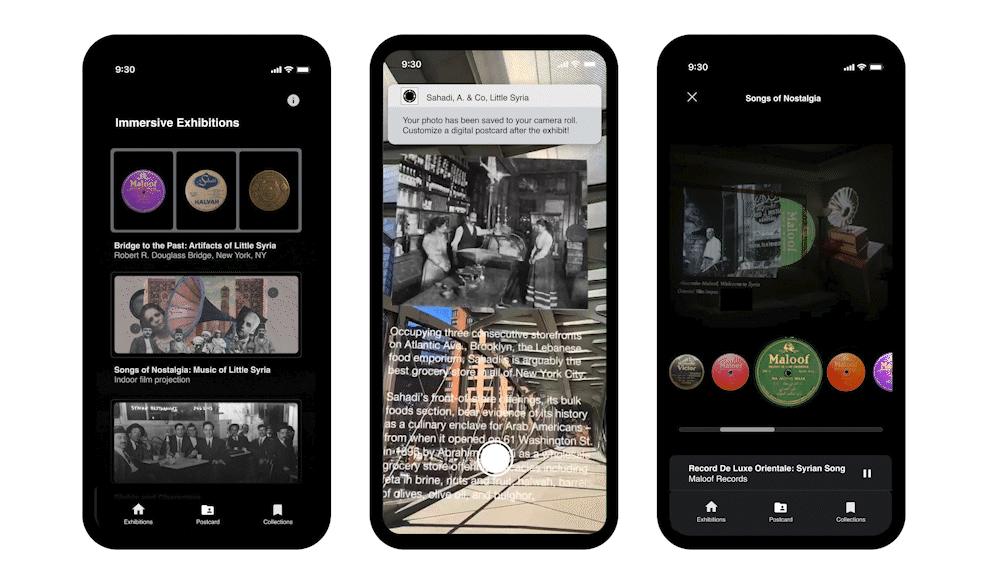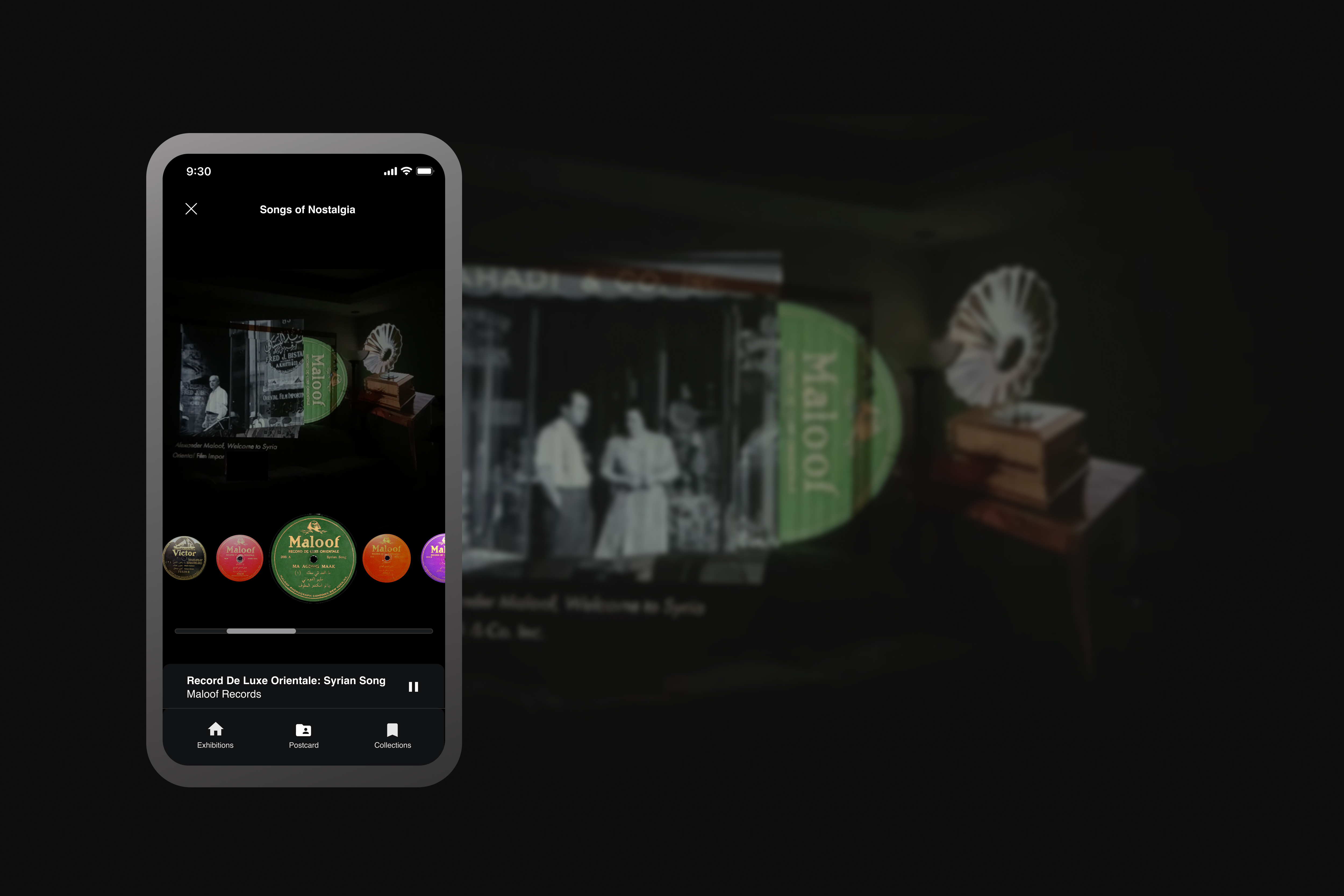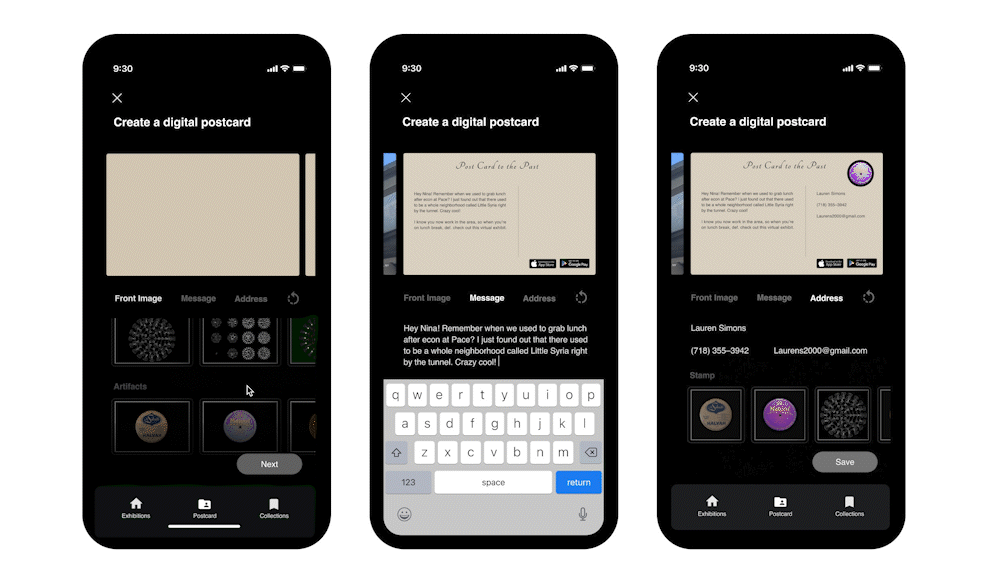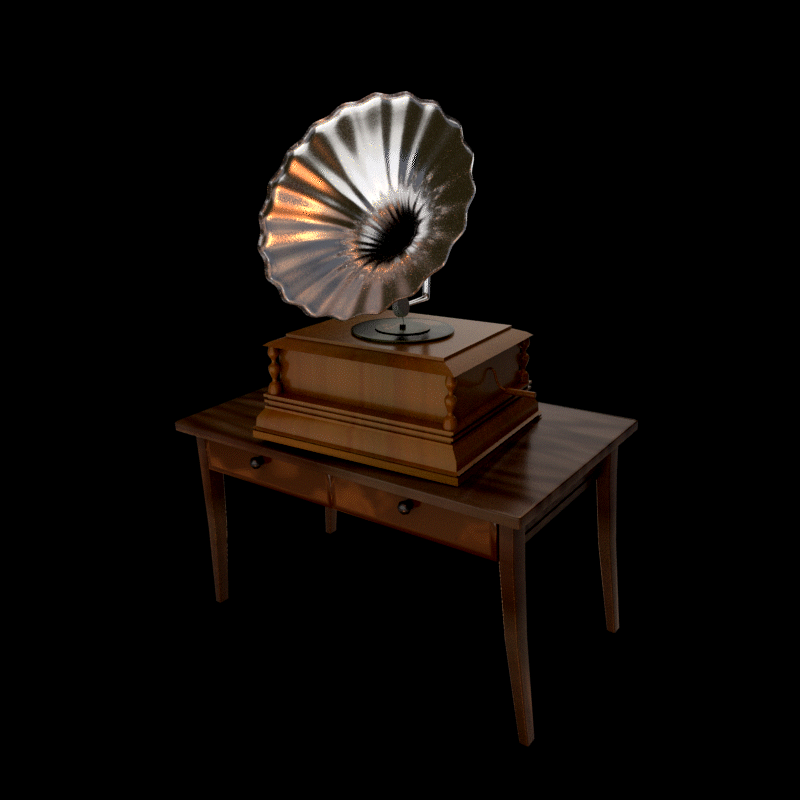A platform to help New Yorkers visualize local history through immersive digital exhibitions.
![]()
Timeline: January 2022 – February 2022
Tools: Figma, Spark AR, Adobe Miro, After Effects, Autocad Maya
Skills: Surveys -> user research -> wireframing -> prototyping -> AR + CGI
🚨🚨🚨 If you haven’t already, please read: Combining data and design to shed light on Little Syria, a forgotten NYC ethnic enclave before scrolling further. This is a continuation of a multi-media experience centered around historical conciousness and awareness.🚨🚨🚨
The problem
Based on interviews with 20+ New York City high schoolers, the top five reasons they do not like learning about history are:
1. History is boring
2. History is just about dead people
3. History is simply rote memorization
4. History is all lectures and long textbook readings
5. History is irrelevant
Solution
Often, many think of history as just lectures and textbook readings. The study of history should not be limited to a classroom setting.
![]()
Augmented reality can help illuminate stories from the past. When primary sources are presented through an interactive and engaging format, individuals are more likely to visualize history as real things that happened to real people.
Users would be allowed to take pictures during AR exhibitions, and these images would autosave to their camera rolls. Social sharing is not an option on the exhibitions tab to prevent distraction and potential drop-off from the exhibition experience.
Connecting the past and present with location-based exhibitions![]()
Certain exhibitions are location specific. For instance, “Bridge to the Past: Artifacts From Little Syria” is meant to be viewed on Robert R. Douglass Bridge, otherwise known as the West Thames Street Pedestrian Bridge.
Situated by the entrance of the Brooklyn Battery Tunnel, which was built after Little Syria was razed, this bridge is a crucial link above West Street connecting Battery Park City and the Financial District. Users would view primary sources and learn about the history of Little Syria while walking on a structure that oversees where the former enclave once stood.
Juxtaposing primary video, audio, and written accounts of Little Syria to paint a cohesive picture of the former enclave
![]()
Primary sources:
Since the appearance of SnapChat and Instagram, postcards have decreased in popularity. Buying and sending postcards, however, remains a way to show the places an individual has been and the things they’ve seen.
![]()
Using either historical photographs or exhibition snapshots, users would then be able to create unique digital postcards, customize notes about what they’ve learned, and top their postcards off with exhibition-specific stamps.
Many individuals collect postcards out of nostalgia – to reminisce about a certain time or place. The pictures and messages on these postcards serve as digital alternatives to history flashcards.
![]()
Users would be able to send their digital postcards to friends and family to share the history they’ve learned. Digital sharing, through more traditional means such as text messages and email, can help modern users embrace history as a relevant and engaging subject without the need to glamorize and market the experience through social media.
![]()

Timeline: January 2022 – February 2022
Tools: Figma, Spark AR, Adobe Miro, After Effects, Autocad Maya
Skills: Surveys -> user research -> wireframing -> prototyping -> AR + CGI
🚨🚨🚨 If you haven’t already, please read: Combining data and design to shed light on Little Syria, a forgotten NYC ethnic enclave before scrolling further. This is a continuation of a multi-media experience centered around historical conciousness and awareness.🚨🚨🚨
The problem
Awareness of local history affects our communities and our relations to the residents within them, but many New Yorkers are apathetic towards learning about their local history.
Based on interviews with 20+ New York City high schoolers, the top five reasons they do not like learning about history are:
1. History is boring
2. History is just about dead people
3. History is simply rote memorization
4. History is all lectures and long textbook readings
5. History is irrelevant
Solution
A platform that helps individuals visualize history so it becomes fun, engaging, and relevant to learn.
Often, many think of history as just lectures and textbook readings. The study of history should not be limited to a classroom setting.

Augmented reality can help illuminate stories from the past. When primary sources are presented through an interactive and engaging format, individuals are more likely to visualize history as real things that happened to real people.
Users would be allowed to take pictures during AR exhibitions, and these images would autosave to their camera rolls. Social sharing is not an option on the exhibitions tab to prevent distraction and potential drop-off from the exhibition experience.
Connecting the past and present with location-based exhibitions

Certain exhibitions are location specific. For instance, “Bridge to the Past: Artifacts From Little Syria” is meant to be viewed on Robert R. Douglass Bridge, otherwise known as the West Thames Street Pedestrian Bridge.
Situated by the entrance of the Brooklyn Battery Tunnel, which was built after Little Syria was razed, this bridge is a crucial link above West Street connecting Battery Park City and the Financial District. Users would view primary sources and learn about the history of Little Syria while walking on a structure that oversees where the former enclave once stood.
Juxtaposing primary video, audio, and written accounts of Little Syria to paint a cohesive picture of the former enclave

Primary sources:
Since the appearance of SnapChat and Instagram, postcards have decreased in popularity. Buying and sending postcards, however, remains a way to show the places an individual has been and the things they’ve seen.

Using either historical photographs or exhibition snapshots, users would then be able to create unique digital postcards, customize notes about what they’ve learned, and top their postcards off with exhibition-specific stamps.
Many individuals collect postcards out of nostalgia – to reminisce about a certain time or place. The pictures and messages on these postcards serve as digital alternatives to history flashcards.

Users would be able to send their digital postcards to friends and family to share the history they’ve learned. Digital sharing, through more traditional means such as text messages and email, can help modern users embrace history as a relevant and engaging subject without the need to glamorize and market the experience through social media.
